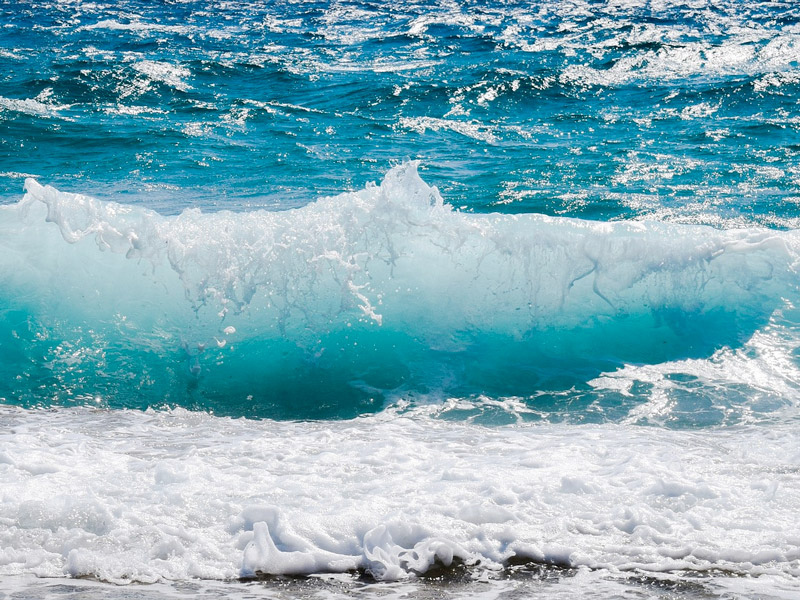When it comes to enjoying water activities, safety should always be the top priority.
 Whether it’s swimming, boating, or simply relaxing near water bodies, understanding and following certain guidelines can help prevent accidents and ensure everyone’s well-being.
Whether it’s swimming, boating, or simply relaxing near water bodies, understanding and following certain guidelines can help prevent accidents and ensure everyone’s well-being.
I am writing this blog post after hearing that a dad died very near to where I live last weekend and 3 other incidents where the lifeboat and emergency services had to be called.
In this blog post, I will provide you with essential do’s and dont’s to keep people safe near water, including swimming in the sea and understanding tidal issues.
I. Do's:
Learn to Swim:
- Encourage individuals to learn how to swim or enrol in swimming lessons.
- Emphasise the importance of swimming in designated areas supervised by lifeguards.
Understand Tidal Patterns:
- Educate people about the concept of tides and how they affect the sea.
- Provide information on local tide charts and encourage individuals to check them before swimming.
Swim in Designated Areas:
- Advise swimming only in areas monitored by lifeguards or designated as safe for swimming.
- Recommend following any posted signs or flags indicating water conditions and safety warnings.
Be Aware of Rip Currents:
- Explain the dangers of rip currents and how to identify them.
- Recommend individuals to swim parallel to the shore to escape a rip current rather than swimming against it.
Buddy System:
- Encourage swimming with a buddy or in groups.
- Emphasize the importance of keeping an eye on each other and seeking help if needed.
Follow Beach Safety Guidelines:
- Provide information on specific beach safety guidelines such as staying within marked swimming areas and avoiding swimming alone or at night.
- Recommend following any local regulations or advisories related to swimming in the sea.
I. Don'ts:
Don't Swim in Unfamiliar or Unmonitored Areas:
- Discourage swimming in unfamiliar or unmonitored areas without lifeguards or safety measures in place.
- Understand the risks associated with unknown water conditions and the absence of rescue personnel.
Don't Underestimate the Power of the Sea:
- Advise against underestimating the strength and unpredictability of ocean currents and waves.
- Learn about the risks of being overpowered by the sea and the importance of respecting its force.
Don't Turn Your Back on the Sea:
- Stress the need to always face the sea when near the water.
- Warn against being caught off guard by unexpected waves or changes in water conditions.
Don't Swim During Rough Weather:
- Strongly advise against swimming in the sea during storms, high winds, or adverse weather conditions.
- Learn about the increased risks of strong currents, rough waves, and limited visibility during such weather.
Don't Venture Too Far from Shore:
- Warn against swimming too far from the shore, especially for inexperienced swimmers.
- Emphasise the importance of staying within a safe distance and being able to easily return to shore if necessary.
Don't Ignore Local Safety Warnings:
-
Encourage individuals to heed any local safety warnings or beach closures due to dangerous sea conditions.
These warnings are put in place to protect their safety.
When it comes to swimming in the sea, beach authorities often use flag systems to communicate the current water conditions and potential hazards to beachgoers. The specific flag colours and meanings may vary depending on the region or country. Here are some commonly used flags:
Green Flag:
Meaning: Indicates that the water is generally safe for swimming.
Significance: It signals that no significant hazards or dangers are present, and it’s safe to enter the water. However, always exercise caution and be aware of local conditions.
Yellow Flag:
Meaning: Indicates caution or potentially hazardous conditions.
Significance: It could indicate moderate surf or currents, which may pose some risks. Swimmers should be cautious and aware of any changes in water conditions.
Red Flag:
Meaning: Indicates high hazard or dangerous conditions.
Significance: It signals potentially strong surf, currents, or other dangerous conditions that could be hazardous for swimmers. Swimming is strongly discouraged when red flags are flying.
Red Flag with a White Line:
Meaning: Indicates the presence of lifeguards and their designated patrolled swimming area.
Significance: This flag indicates the area where lifeguards are actively watching and providing supervision. It’s generally the safest area for swimming.
Purple Flag:
Meaning: Indicates the presence of dangerous marine life.
Significance: This flag is used when potentially harmful marine life, such as jellyfish are spotted in the water. Swimmers should be cautious and follow any additional instructions provided. We seem to be seeing many more jellyfish in the UK these days.
It’s important to note that the flag systems can differ between regions, beaches, or countries. It’s always recommended to familiarise yourself with the local flag system and pay attention to any instructions or guidance from beach authorities or lifeguards.
Additionally, flags are just one aspect of beach safety. Always remember to exercise caution, assess your swimming abilities, be aware of your surroundings, and follow any posted signs or instructions to ensure your safety while swimming in the sea.


